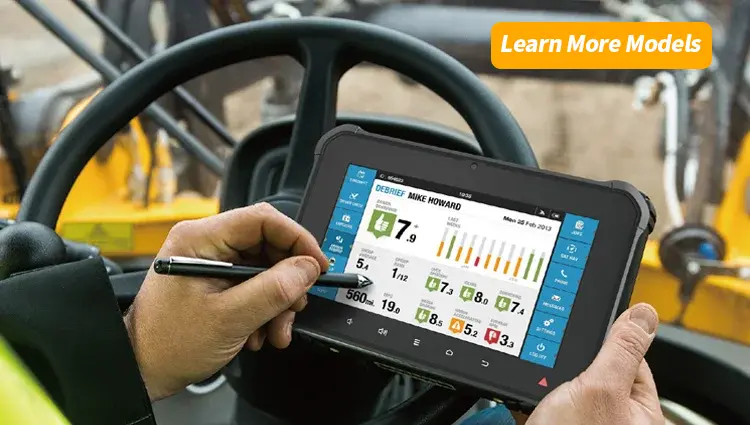What is an On-board Computer?
An on-board computer (OBC) is a small computer that controls and monitors a variety of systems in vehicles, satellites, and other devices.
In vehicles
- Cars and trucks: OBCs monitor and control many features, including fuel consumption, speed, and safety systems. They also provide information to the driver to help them drive more efficiently.
- Fleet management: OBCs can be used to manage fleets of vehicles in real time.
In satellites
- CubeSat missions: OBCs are essential for the proper operation of small satellites in orbit. They process mission commands, coordinate subsystems, and perform data processing, navigation, and communication.
In other devices
- Displays: Some displays have an Open Pluggable Specification (OPS) slot that allows an OBC to be integrated directly into the display.
Components
OBCs typically include a central processing unit (CPU), memory modules, input/output interfaces, sensors, and actuators.
What is an Onboard Computer?
An onboard computer, often referred to as an embedded system, is a specialized computer system designed to perform specific tasks within a vehicle, such as an automobile, ship, or aircraft. These computers are integrated into the vehicle’s framework and are responsible for managing and controlling various aspects of the vehicle’s operation.
What Are the On-Board Devices in a Computer?
Onboard devices in a computer typically refer to the hardware components that are included within the computer case. These devices can include the central processing unit (CPU), memory modules, storage devices (such as hard drives or solid-state drives), motherboard, graphics processing unit (GPU), and various input/output (I/O) ports and devices.
What Is an Onboard Computer in a Car?
In a car, an onboard computer is a sophisticated electronic system that serves as the central processing unit for the vehicle. It controls and manages a variety of functions, including engine performance, transmission operations, and vehicle safety features. The onboard computer receives data from various sensors and makes real-time adjustments to optimize the vehicle’s performance and efficiency.
What Is an Onboard System?
An onboard system refers to the collection of electronic systems and components within a vehicle that are integrated to manage and control the vehicle’s operation. These systems can include the powertrain control module (PCM), electronic stability control (ESC), antilock braking systems (ABS), infotainment systems, and various safety features. The onboard system works together to ensure the vehicle operates safely, efficiently, and according to the driver’s inputs.








